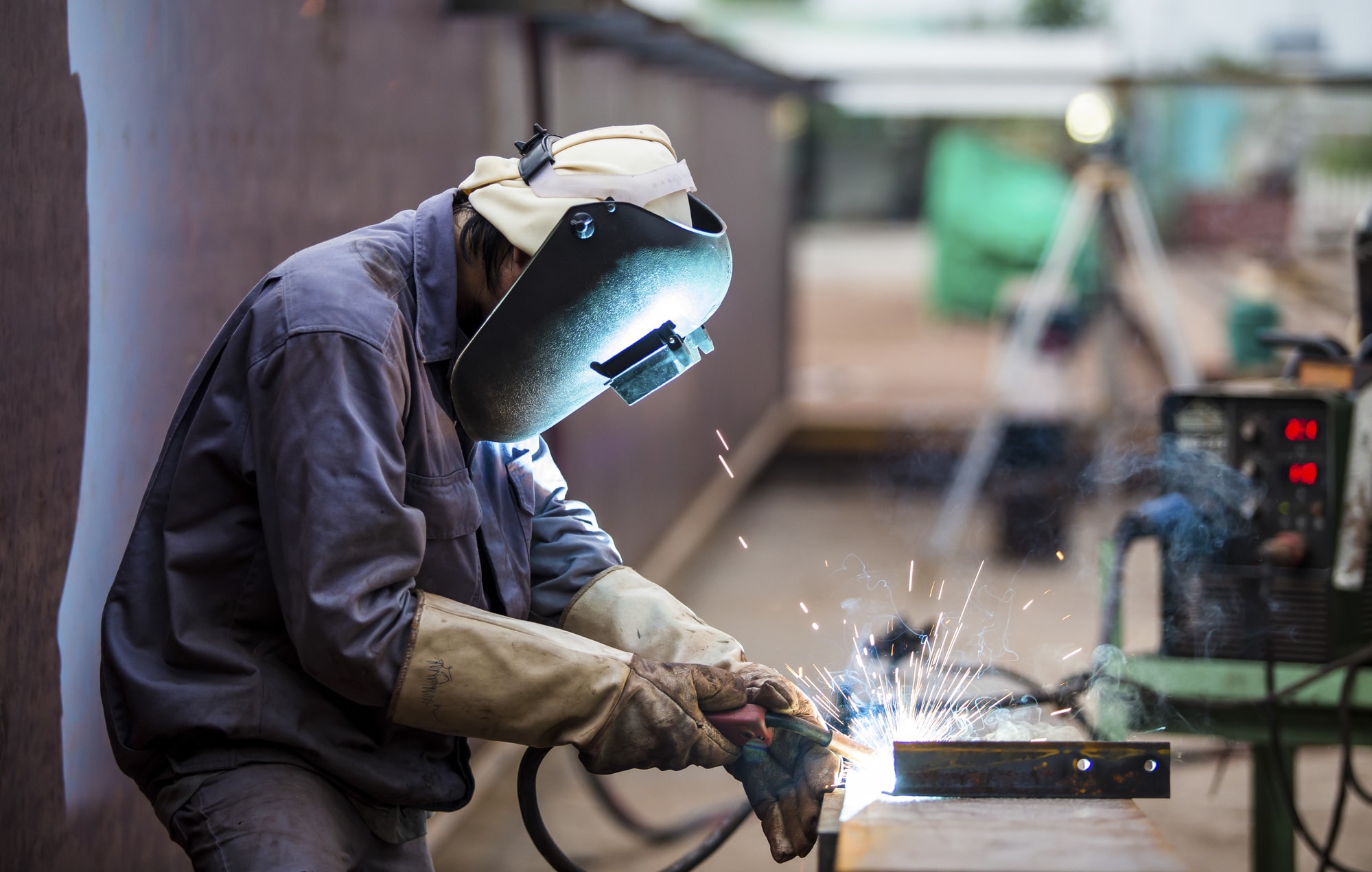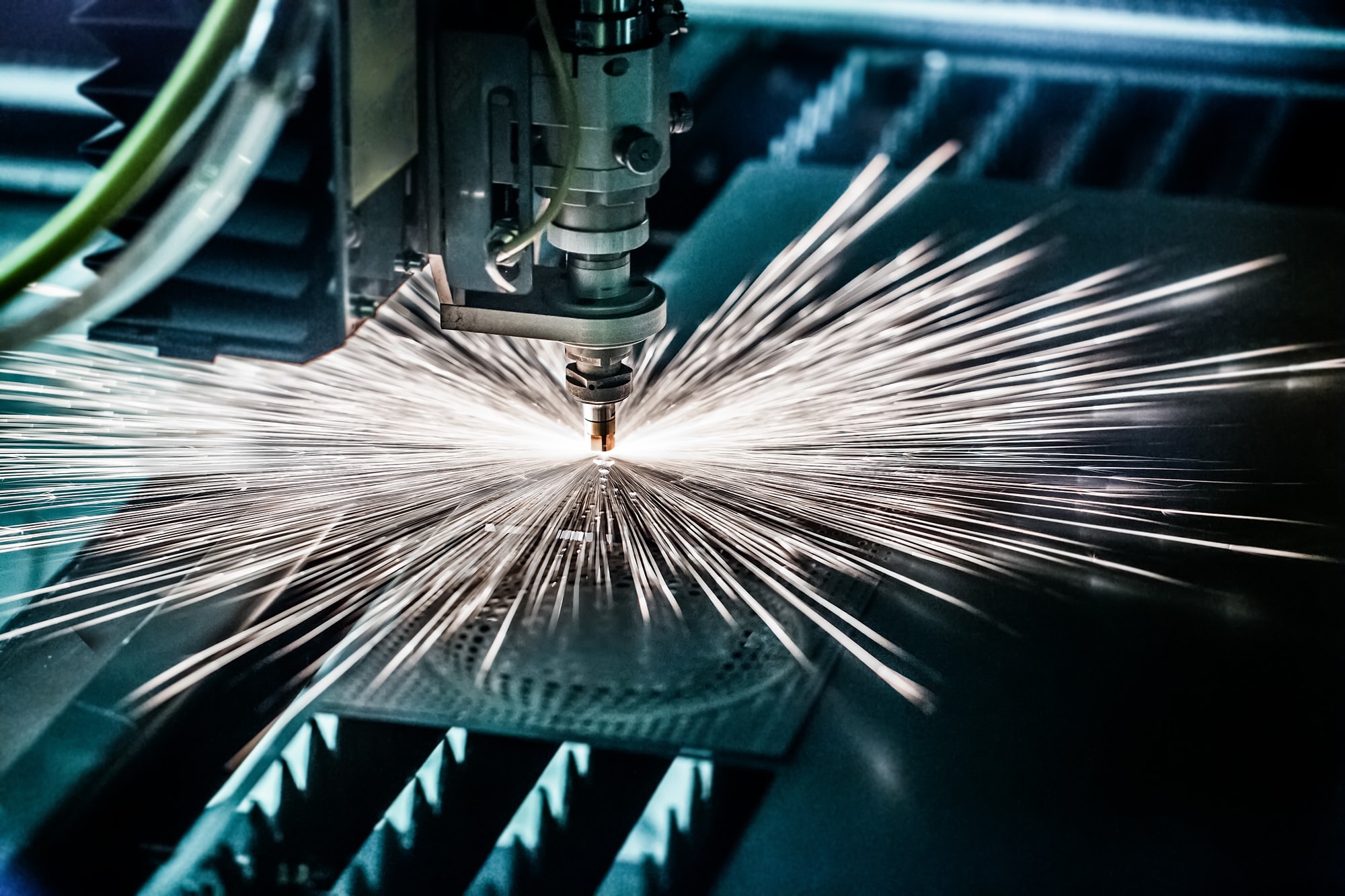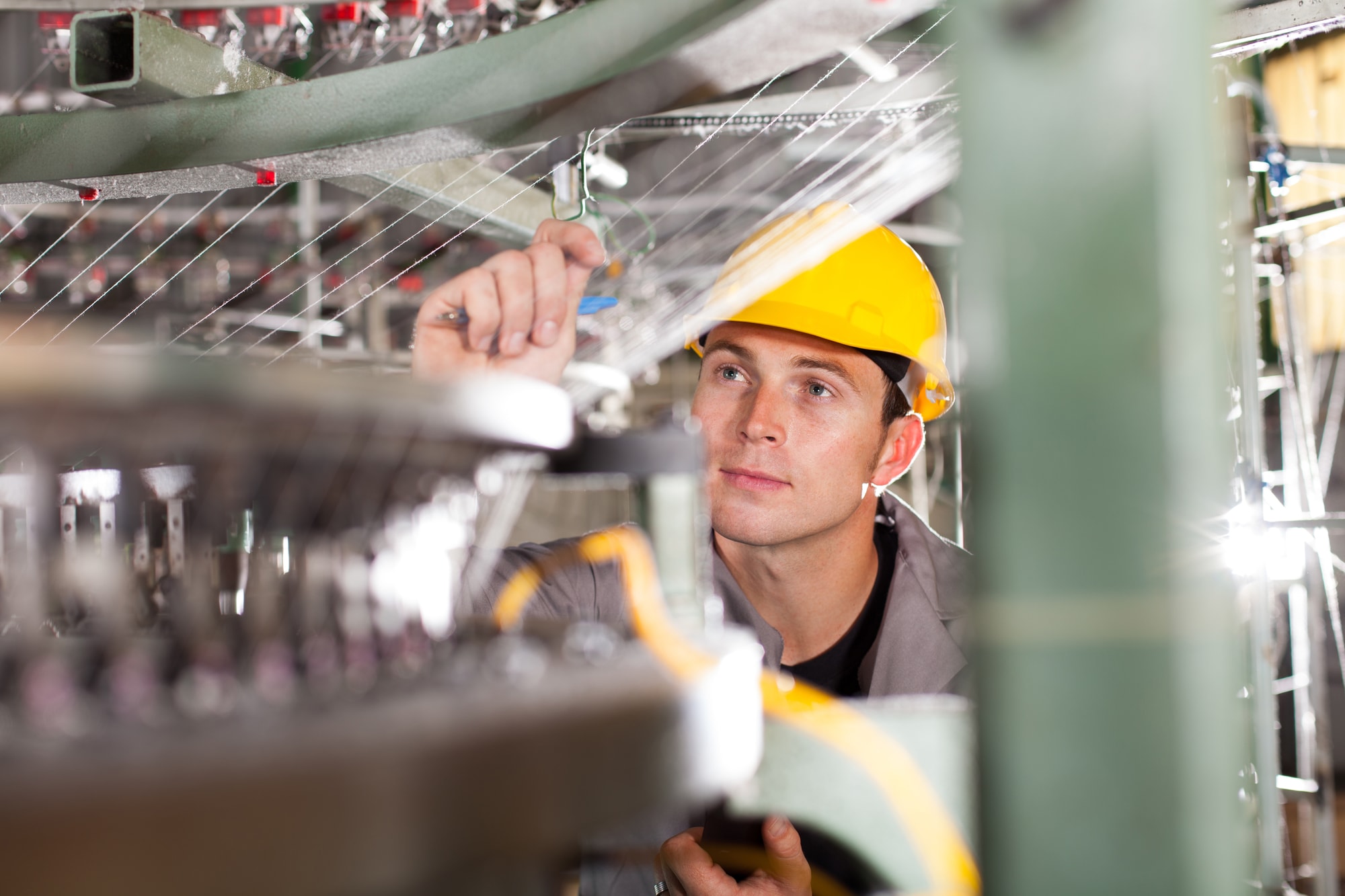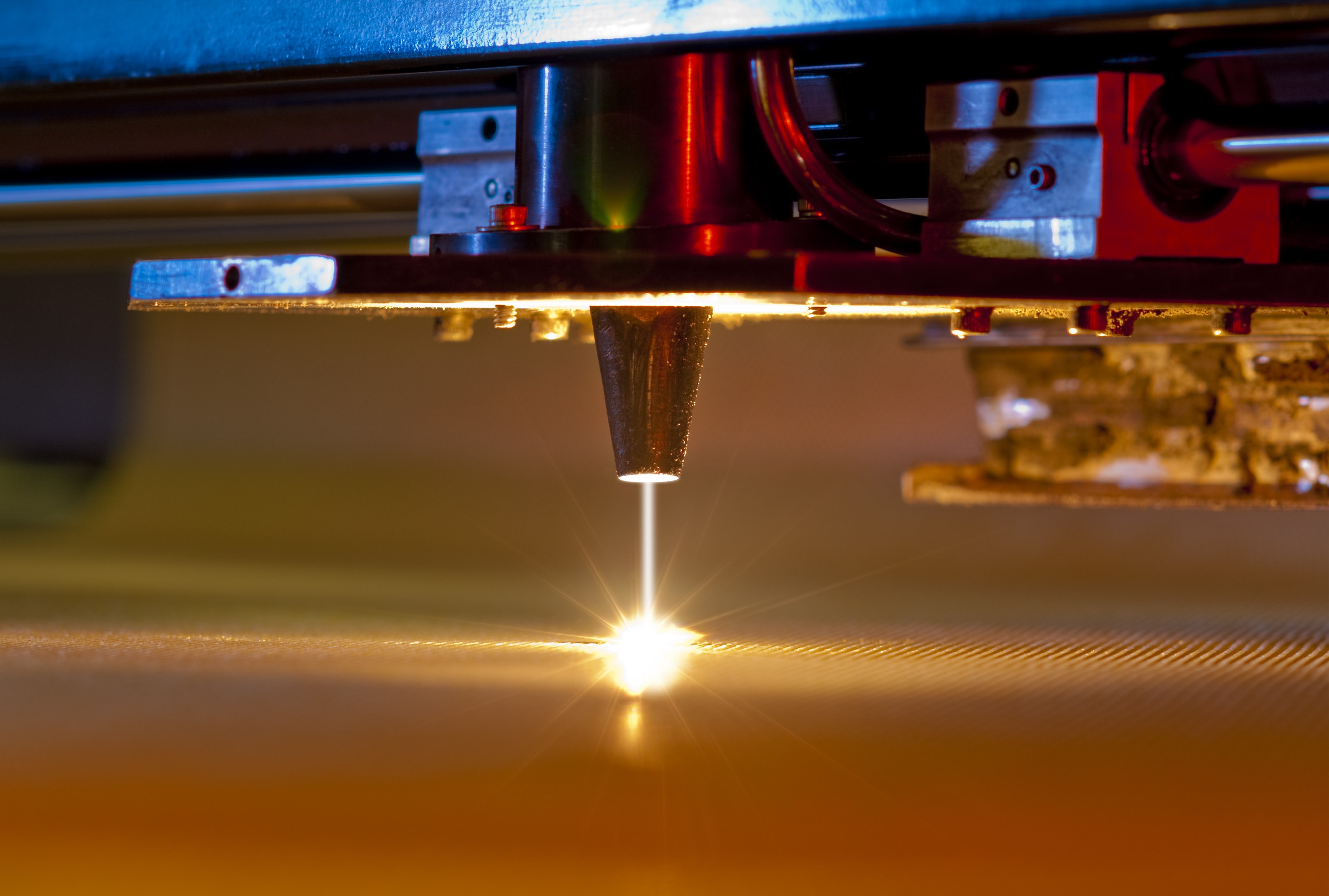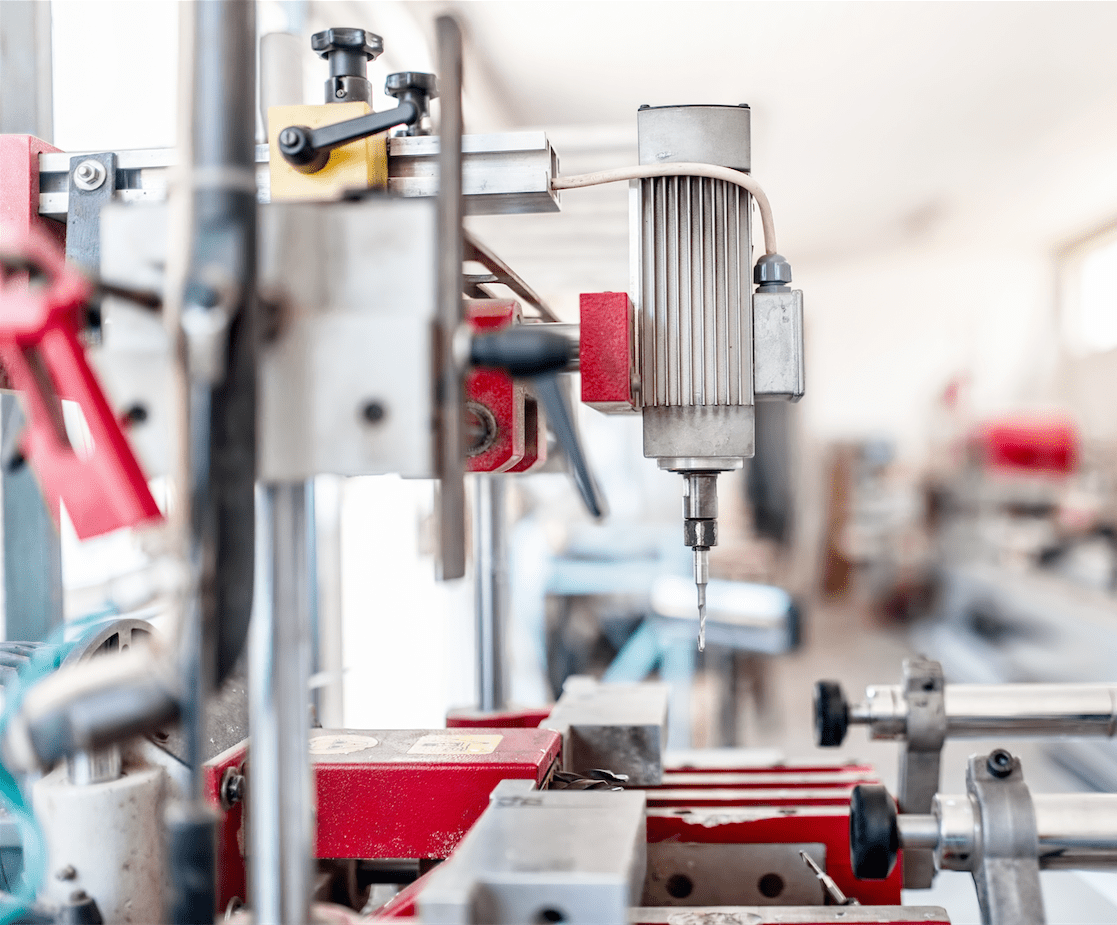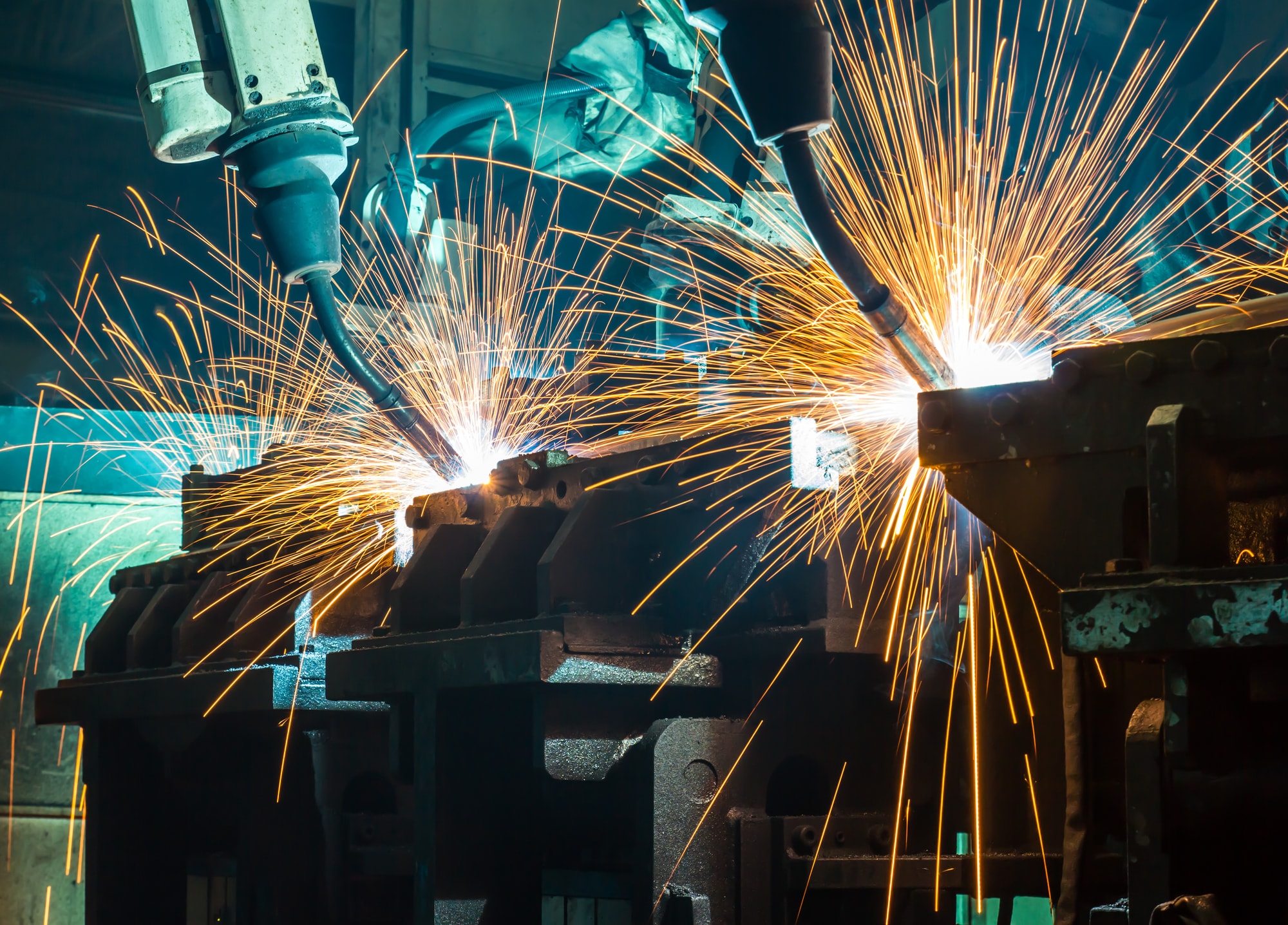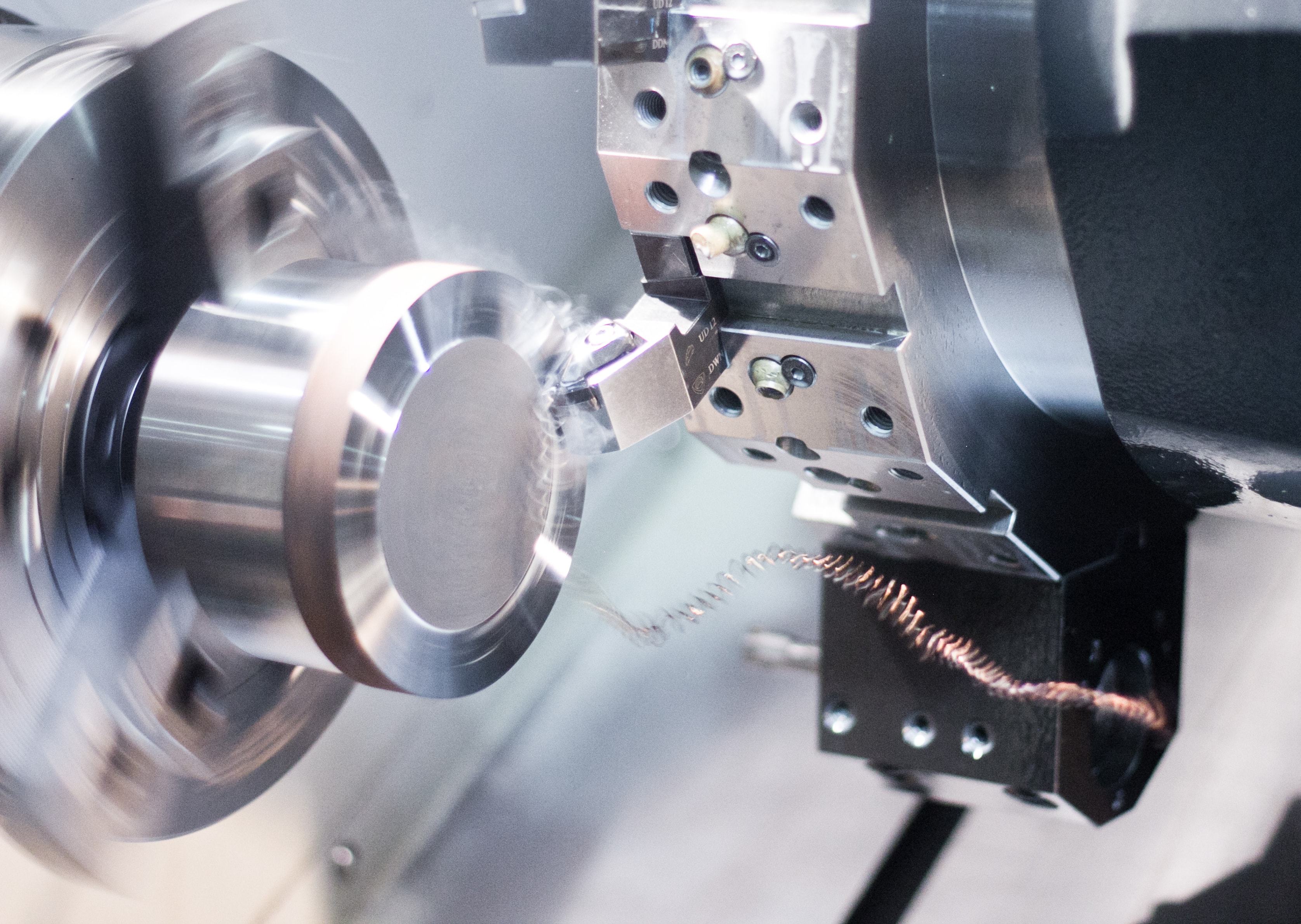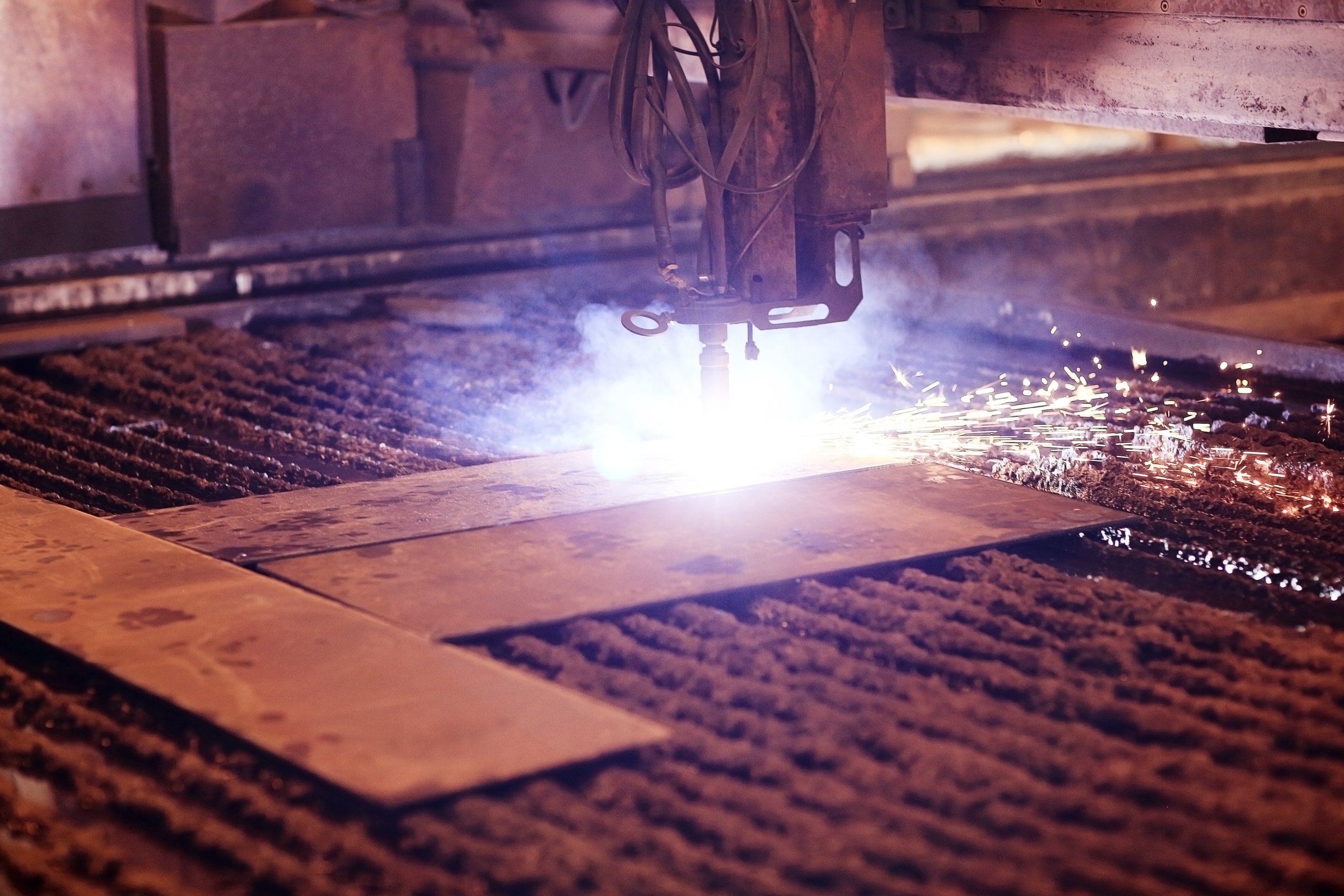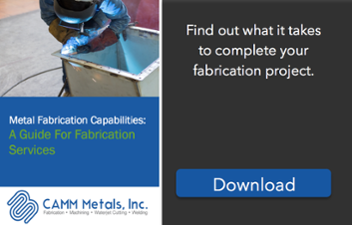In a welding operation, mistakes don’t just mean a less-than-perfect final product. Instead, mistakes made during the welding process can result in added necessary cleanup and rework that can be very costly. In order to avoid extra costs in your welding operation, you should do what you can to avoid costly mistakes. Here are some of the worst mistakes in a welding operation and how to avoid them.
CAMM Metals
Recent Posts
Topics: Welding, Welding Best Practices, Welding Mistakes
Laser cutting is one of the most efficient procedures to cut through a wide variety of materials for manufacturing. Lasers can be used on metals, plastics, composites, wood, and more. They’re known for the precise and accurate cuts that they produce. There are some myths about lasers that persist throughout the manufacturing community. We’ve compiled a list of the top myths about laser cutters that you shouldn’t believe.
Topics: Laser Cutting, Laser Cutter, Laser Cutting Myths
What is Smart Manufacturing and Why Does it Matter?
Technology across all industries is advancing rapidly, and the manufacturing industry is no exception. In recent years, the manufacturing industry has completely changed because of advances in additive manufacturing, the Internet of Things, and smart manufacturing. Many industry experts talk about smart manufacturing, but what is it exactly? We’ve broken down the basics of smart manufacturing and its importance to modern manufacturers. Read about it below!
Topics: Manufacturing Trends, Changes in Manufacturing, Smart Manufacturing
Laser cutting is an advanced technology used in many metal fabrication projects. There are many different methods that fabricator use for cutting metal, but laser cutting is one of the most advanced techniques. Fabricators often choose laser cutters because of their ability to make precise cuts at speeds unmatched by other flat sheet cutting methods. Read below to learn about the benefits of using laser cutters for metal.
Topics: Laser Cutting, Laser Cutter
5 Factors to Consider Before Switching to Automation
Investing in automation for your metal fabrication shop can help increase efficiency and throughput, while improving the overall quality of your products. It can reduce the workload for your employees and change the way you do business. However, automation will cause drastic changes on your shop floor. Before deciding to automate a specific process, there are important factors you should take into account. We’ve compiled a list of some of the most important considerations when switching to automation.
Robotic welding is a great way to create better quality welds at a faster rate than traditional welding. Over time, it can even reduce the costs of welding operations. Shops with high volume and low variation in their welding processes will benefit greatly from automation. Smaller shops with more variation in their projects can also benefit from robotic welding, but extra planning will be required. Both types of shops can use robotic welding to improve efficiency. In order to optimize your robotic welding processes, there are a few things you should take into consideration. We’ve compiled a list of some of the most important best practices to ensure that your robotic welding processes operate as smoothly as possible.
Topics: MIG Welding, Robotic Welding, Robotic MIG Welding, Welding Best Practices
5 Ways to Cut Down Production Time for Metal Fabrication
Clients of metal fabricators are often in search of the fastest production times. Metal fabricators are always looking to please their clients and churn out the maximum number of projects. For these reasons, fabricators are always looking for ways to optimize their processes for greater efficiency in order to reduce lead times. We’ve compiled a list of tips that can help metal fabricators cut down on production times.
Topics: Metal Fabrication, Reducing Lead Times
Safety is a top concern for manufacturers. Because manufacturing shops are prone to accidents, it’s important to make safety a priority to ensure the best working environment for your employees. Most shops have a safety plan in place that adheres to basic OSHA regulations, but there is always room for improvement. Here are some tips to help improve safety on your shop floor.
Topics: Safety, Improving Safety, Safety in Manufacturing
Automation is changing the way the manufacturing industry operates. Processes that used to require manpower can now be carried out by robotic labor. As more processes become automated, manufacturers are beginning to rethink their day-to-day operations. Because they’re able to take on more projects without necessary added manpower, shops are restructuring the way they operate, causing a gradual restructuring of the whole industry. Read below to learn about the effects of automation on the manufacturing industry.
Topics: Manufacturing Trends, Changes in Manufacturing, Automation
Many welding operators state that poor wire feeding is among the most common challenges they face on a daily basis. Poor wire feeding can lead to increased downtime, wasted consumables, and a decrease in overall weld quality. There are many different variables that can lead to wire feeding issues. Although welders often assume the filler metal is the source of the problem, there are many other issues that can also be the cause. Read below to learn about some of the most common causes of wire feeding issues in welding.
Topics: Welding Problems, Wire Feeding Issues



